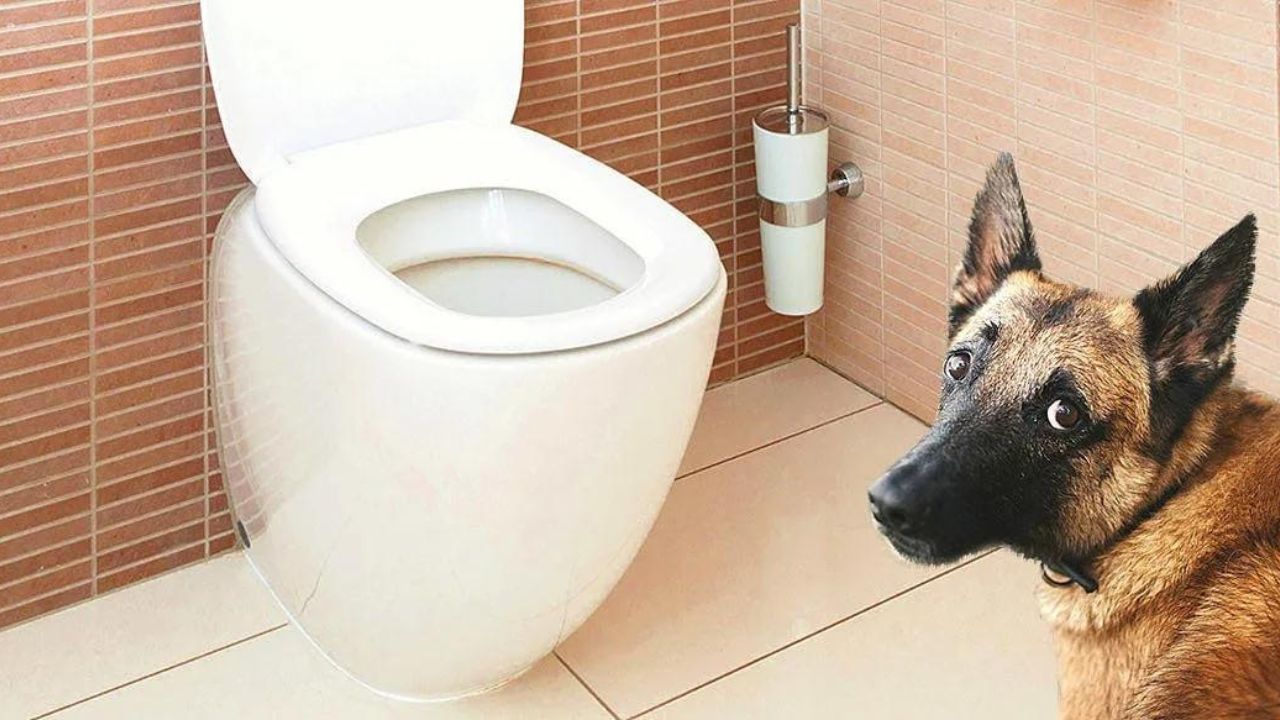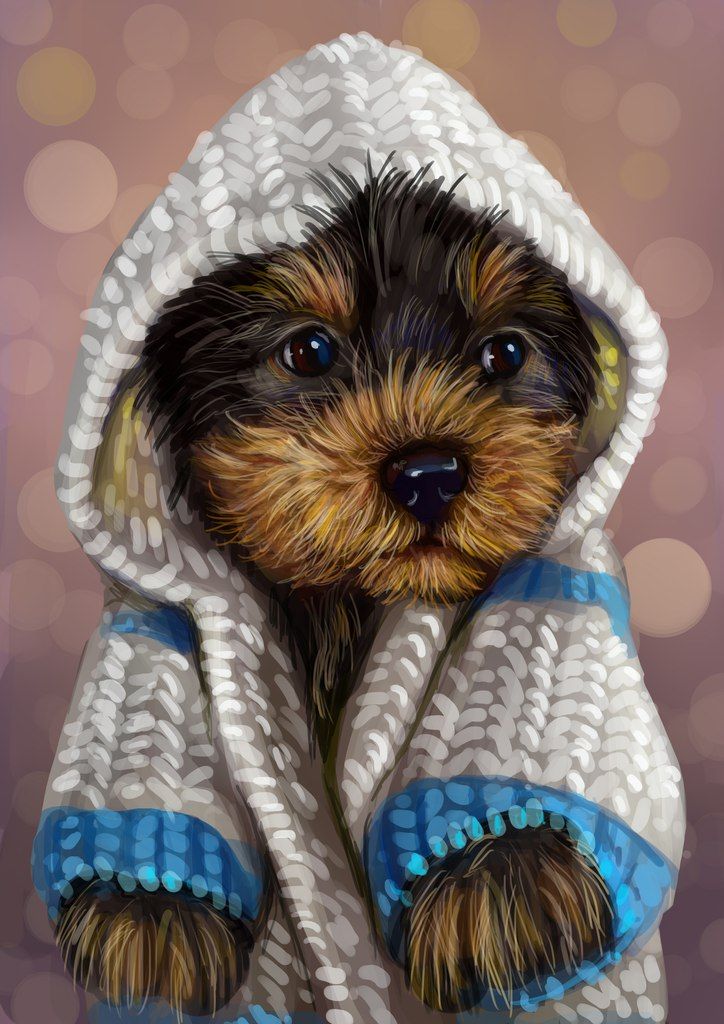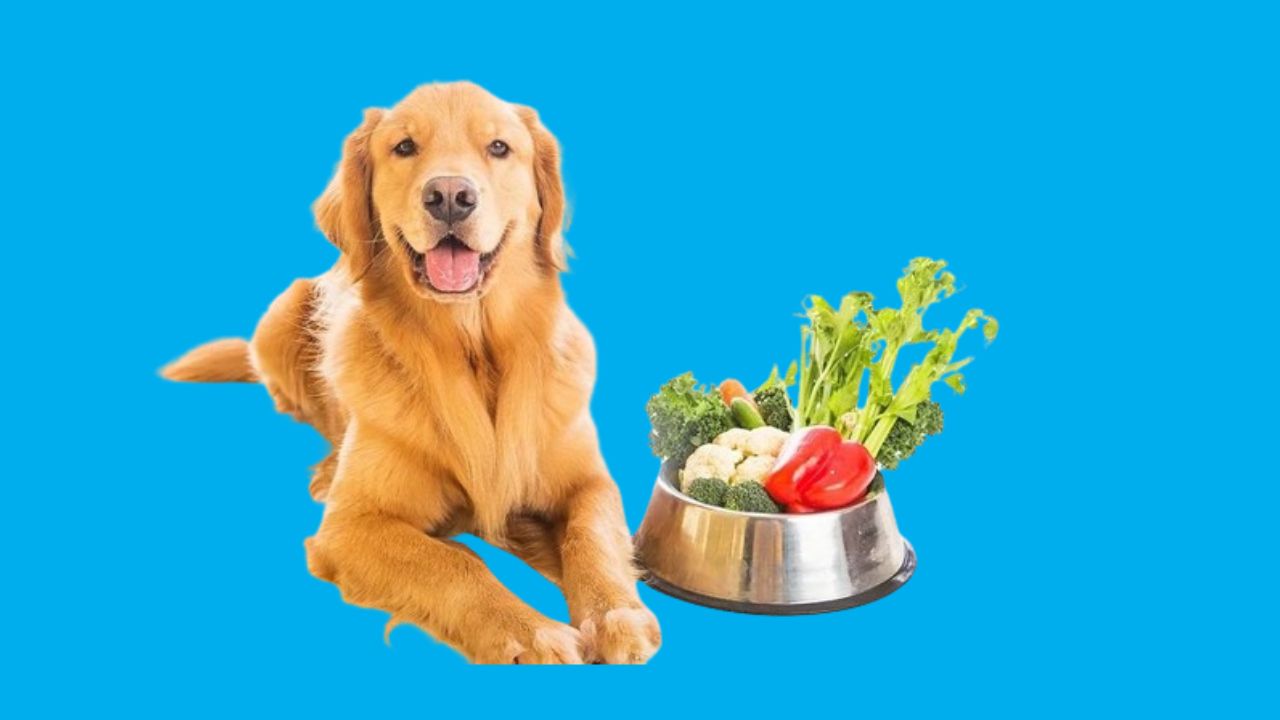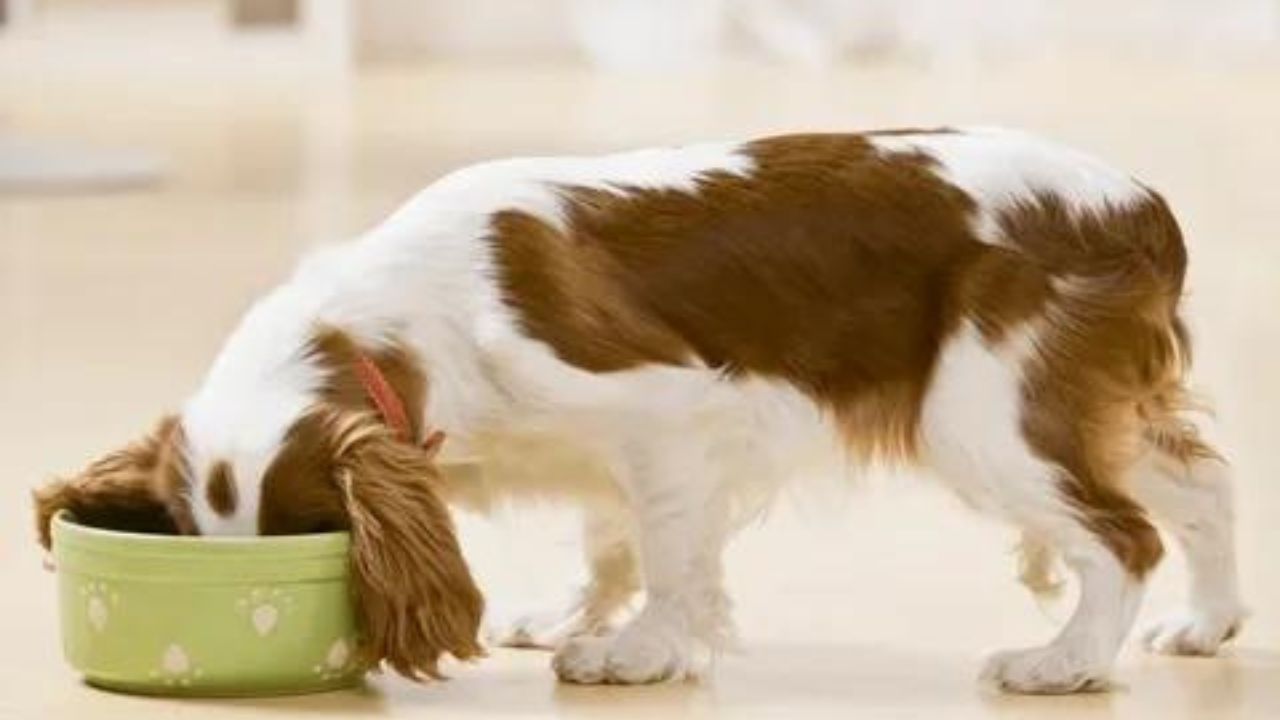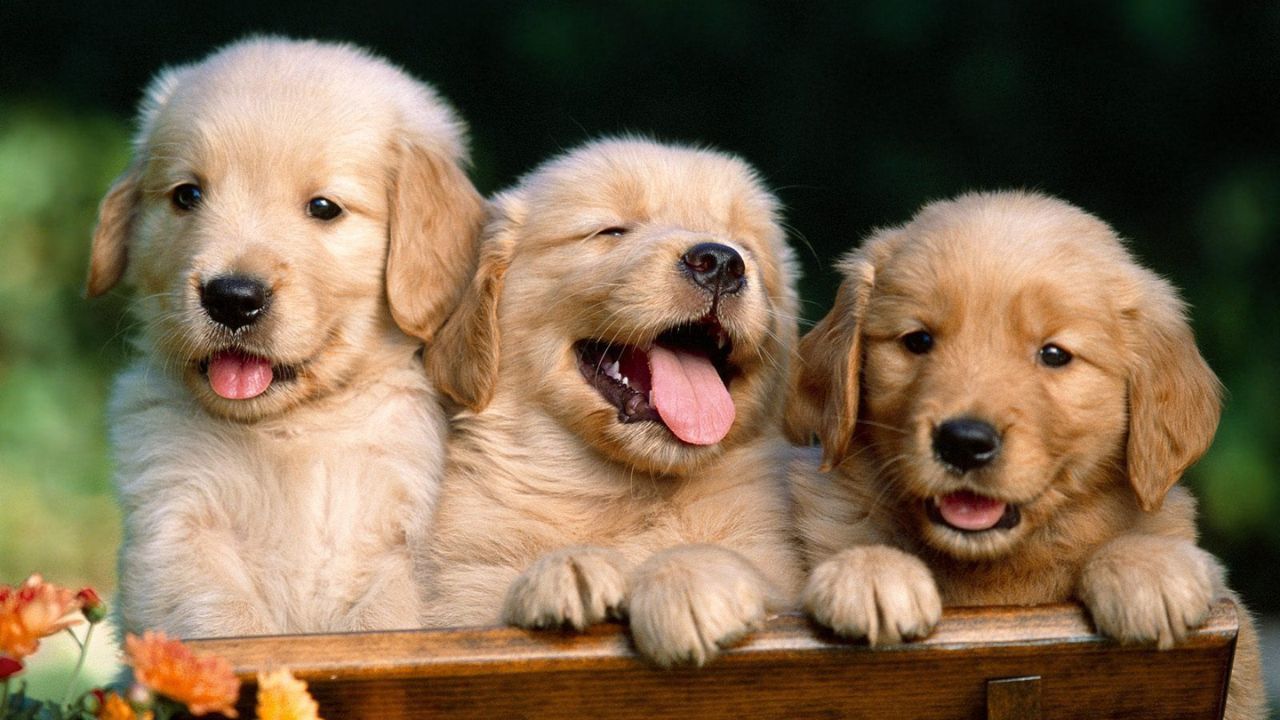
In a cozy corner of a bustling household, a charming Yorkie and someone named Bella eagerly awaits the arrival of a new companion. Enter a spirited new puppy bursting with excitement and curiosity. This begins a heartwarming tale of companionship and camaraderie, illustrating the intricacies of the Yorkie and New Puppy’s Relationship. Canine relationships are complex webs of emotion, instinct, and behavior. By delving into the dynamics between Bella and the new puppy, we gain invaluable insights into the intricacies of canine companionship. It is essential to comprehend these dynamics to cultivate a relationship based on mutual respect, trust, and understanding. Join us as we embark on a journey alongside Bella and her new puppy companion. From tentative introductions to heartwarming moments of connection, we’ll navigate the twists and turns of their relationship journey. Stay tuned as we uncover the challenges, triumphs, and lessons learned.
The Early Days
As the door creaks open to welcome a new member into the household, the stage is set for an unforgettable journey. Here begins the tale of a Yorkie and a new puppy embarking on the adventure of companionship.
Yorkie’s Response: Signs of Resistance or Curiosity
At first glance, your Yorkie may not like the new puppy; its reaction may vary from cautious curiosity to outright skepticism. With a history of being the sole recipient of attention and affection, introducing a new puppy can trigger feelings of uncertainty and protectiveness. Watch closely for subtle signs—a raised eyebrow, a tentative sniff—as your Yorkie navigates this unfamiliar terrain.
New Puppy’s Impact: Excitement and Eagerness
In contrast, the new puppy bounds into the scene with unbridled enthusiasm, eager to explore their newfound surroundings and make a friend. Their energy is infectious, injecting a sense of joy and vitality into the household. However, balancing this exuberance with sensitivity to the Yorkie’s temperament and boundaries is essential.
Supervised Introductions: Establishing Ground Rules
As the two meet for the first time, setting the stage for positive interactions is crucial. Supervised introductions in a neutral environment lay the foundation for a harmonious relationship. Keep interactions brief initially, allowing both parties to acclimate to each other’s presence without feeling overwhelmed. By establishing clear boundaries and providing gentle guidance, you can foster a sense of mutual respect and understanding from the outset.
In the next installment of our journey, we delve deeper into the dynamics between our Yorkie and new puppy as they navigate the challenges and joys of building a lasting bond. Stay tuned as we explore strategies for nurturing their relationship and celebrating the milestones.
Navigating Challenges: Understanding Canine Dynamics
Yorkie’s Territory: Addressing Jealousy and Insecurity
Your Yorkie’s territory might feel threatened when a new puppy enters the household. Their once undisputed reign may now feel uncertain, leading to displays of jealousy or insecurity. It’s crucial to reassure your Yorkie of their importance and establish boundaries to alleviate feelings of displacement. Providing ample one-on-one time and ensuring their space remains respected can go a long way in easing their concerns.
Puppy’s Playfulness: Balancing Energy Levels and Boundaries

While the Yorkie may be used to a quieter lifestyle, the new puppy’s boundless energy can be overwhelming. Finding a balance between the puppy’s exuberance and the Yorkie’s need for calm is essential. Structured play sessions and adequate rest periods for both can help maintain harmony. Additionally, teaching the puppy to respect the Yorkie’s boundaries ensures a more positive interaction, fostering mutual understanding and respect.
Common Misunderstandings: Deciphering Body Language
Canine communication relies heavily on body language, and misinterpretations can lead to unnecessary conflicts. Understanding the subtle cues your Yorkie and puppy display facilitates smoother interactions. Whether it’s a playful invitation or a warning sign, attuning to their body language helps prevent potential misunderstandings and foster a more cohesive relationship.
Building Bridges: Strategies for Success
Patience and Persistence: Allowing Time for Adjustment
Patience is key when introducing a new puppy to your Yorkie. Give them time to adjust to each other’s presence and personalities. Avoid rushing interactions and allow them to establish rapport at their own pace.
Positive Reinforcement: Encouraging Mutual Respect and Affection
Use positive reinforcement to encourage desirable behavior and foster mutual respect between your Yorkie and the puppy. Reward moments of cooperation, sharing, and gentle interactions with treats, praise, and affection. This helps create a positive association with each other’s presence.
Creating Shared Experiences: Bonding Through Play and Training
Engaging your Yorkie and the new puppy in shared activities, such as playtime and training sessions, is essential for fostering a strong bond in their relationship. Interactive games like fetch or tug-of-war can promote teamwork and camaraderie between them. Additionally, joint training sessions offer valuable opportunities for learning, bonding, and reinforcing obedience in Yorkie and New Puppy’s Relationship.
Overcoming Obstacles: Addressing Conflict
Signs of Tension: Recognizing Aggression and Anxiety
Be vigilant for tension or discomfort between your Yorkie and the puppy. These may include growling, snarling, raised hackles, or avoidance behaviors. Recognizing these signals early allows you to intervene before conflicts escalate.
Intervention Techniques: Redirecting Negative Behavior
When conflicts arise, employ intervention techniques to redirect negative behavior and diffuse tension. Distract them with toys or treats, separate them temporarily to cool off, or use calming techniques such as gentle massage or soothing words to reassure them.
Seeking Professional Guidance: When to Consult a Trainer or Behaviorist
If conflicts persist or escalate despite your efforts, don’t hesitate to seek professional guidance. Never hesitate to ask for expert advice. They can provide tailored strategies and techniques to address specific issues and facilitate a smoother transition for your Yorkie and the puppy.
Celebrating Milestones: Achieving Canine Companionship
Moments of Connection: Sharing Heartwarming Stories
– Recall the initial hesitant sniffs turning into playful romps.
– Highlight instances of mutual grooming or cuddling sessions.
– Share anecdotes of shared adventures and exploration.
Establishing Routine: Maintaining Stability and Comfort
– Emphasize the importance of consistency in feeding, walking, and playtimes.
– Discuss how establishing a routine can alleviate anxiety and create a sense of security for both pets.
– Offer tips for integrating the new puppy into the Yorkie’s schedule.
Looking Ahead: Nurturing a Lifelong Bond
– Encourage readers to envision the future of their Yorkie and new puppy’s relationship.
– Discuss the potential for deepening their bond through continued training, socialization, and shared experiences.
– Offer guidance on fostering a relationship that will endure through the years, enriching the lives of both pets and their owners.
Conclusion
As we reflect on the journey of our Yorkie and new puppy’s relationship, we are reminded of the power of patience, understanding, and love in fostering a harmonious canine companionship. From tentative beginnings to heartwarming moments of connection, their relationship has blossomed into a beautiful bond built on mutual trust and companionship. By establishing routines, celebrating milestones, and nurturing their connection, we lay the foundation for a lifelong journey of shared adventures and unconditional love. As we look ahead, let us continue to cherish and nurture this precious relationship, knowing that the best is yet to come.
FAQ
How Do I Introduce My Yorkie To My New Puppy?
What to Do When Meeting Dogs for the First Time
- Arrive at the meeting place with the dogs individually.
- Introduce the dogs. Allow them to say hello to each other.
- Anticipate behaviors like sniffing, circling, playing, marking territory, or ignoring each other.
- If there’s any sign of aggression between them, step in. Separate them.
- Keep the introduction sweet.
Are Yorkies Good With New Dogs?
While Yorkies are known for not getting along with other dogs, this can depend highly on the individual dog. Like most terrier breeds, Yorkies can be territorial, so factors like their prior level of socialization and the personality of the other dog can make a big difference in Yorkie and New Puppy’s Relationship.
How Long Does It Take For A Dog To Accept A New Puppy?
Although Yorkies don’t like new puppies, After about three weeks, some play between the adult dogs and the puppy begins, although it might take four or five weeks before the adult dogs will choose to play with the pup.
Do Yorkies Get Jealous?
The Yorkie personality is vibrant, curious, and fiercely loyal. While some may exude an air of arrogance, they often harbor deep-seated protectiveness and jealousy towards their owners. Proud and affectionate, Yorkies thrive on attention and revel in showering their owners with love.
How Can I Get My Dog To Bond With My New Puppy?
Positive Attention: Allocate dedicated time for one-on-one bonding with each pet, ensuring a balance of attention between them.
Develop Their Bond: Invest in relationship-building activities to foster a strong bond between your puppy and dog. During downtime, engage in joint activities such as daily walks, playtime, and cuddle sessions.

